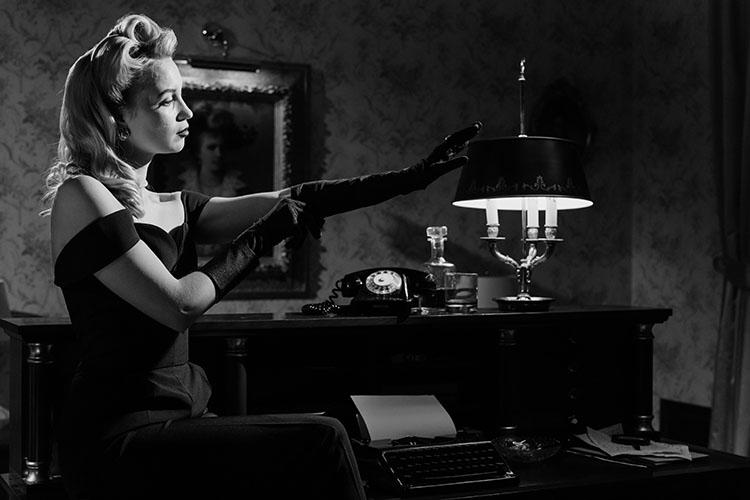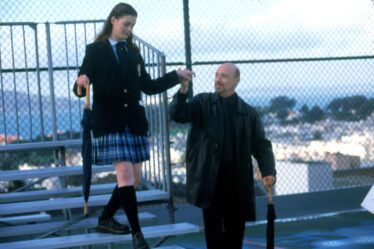
Jane Austen wrote the book between 1796 and 1797. However, she didn’t publish her story until 1813. The novel has witty characters and dialogues interwoven with class, marriage, and love complexities. Nonetheless, it played a part in exploring the early 19th-century England landscape. Unlike now, dressing symbolized a person’s place in society. It was a means to conform to societal norms and a tool for self-expression. In her novel, she utilized glamor to examine various characters and draw an inference between identity and appearance. Furthermore, she laid out stereotypes and how they affect judgment and perception. Let’s explore how clothing mocks societal expectations and reveals the character’s true nature.
Historical Context: Fashion in Pride and Prejudice
The book depicts a fad in the Regency Era. By the way, the Regency period lasted from 1811 to 1820. During this time, King George III was deemed mentally unfit to rule. Consequently, his son ruled as a proxy or prince regent. The practice continued until his father’s death in 1820 when he was crowned King George IV. The era marked a shift from the elaborate and structured Georgian clothing style.
Austen’s story portrayed chic trends among English society’s upper classes. Women’s dresses had high waistlines, flowing fabrics, and columnar silhouettes. They wore high-waisted gowns with clinging skirts. The gowns had short sleeves, low necklines, and delicate embellishments like ribbons. Women used fine muslin, satin, silk, floral patterns, and airy textiles. They employed bonnets as staple accessories, gloves, shawls, and similar fashionable details.
Men in the Regency period had a simpler dressing style. They wore tailored coats with long tails paired with breeches and waistcoats. Bachelors outdoors wore neckcloths or cravats around their necks and top hats. Unlike women, men choose darker colors. Hence, the fabrics utilized included silk, linen, and wool.
Glamor was strictly reserved for upper-class society. The servants and middle class wore modest and practical clothes. The combination includes plain clothes and simple dresses made from sturdier fabrics. In some cases, servants enjoyed hand-me-downs since they couldn’t afford new ones.
Pride and Prejudice: Beyond the GlamoUr
Style plays a crucial part in Austen’s story. However, its appeal extends beyond glamor. Apparel provides a lens to investigate character development and social hierarchy topics. Other aspects it offers insights on include:
- Love.
- Prejudice.
- Human relationship complexities.
That is why students often choose the Pride and Prejudice topics for future writing work at the university to explore gender issues. One way to capture different perspectives is to explore free Pride and Preduce essay examples that relate to our modern society. Pride and Prejudice research paper topics discuss views about marriage and women’s rights and provide cultural contexts for girls who dare to be independent. Consider themes around feminist undertones and wealth and status for your Pride and Prejudice essay thesis statement.
At its core, the story delves into romance and personal growth intricacies. Its characters went through misconceptions until they discovered acceptance. Self-reflection and gradual initial bias abandonment marked each person’s journey.
Fashion and Social Class in the Novel
Pride and Prejudice highlight fashion’s role in indicating class and hierarchy. A person’s appearance reflects their wealth, status, and conformity to societal rules. Furthermore, it served as a tool to comment on certain individuals’ values and personalities. For example, extravagant personalities like Mr. Darcy and Caroline Bingley leveraged dressing to show their high standing and wealth.
The upper class wore meticulously tailored and extravagant wardrobes. Their clothes were made from luxurious fabrics with embellishments. Individuals belonging to this class deployed it to assert superiority. Apart from this, it distinguished them from the lower classes. Most importantly, it gave a visual representation status. Hence, their style reinforces the boundaries between elites and the lower class.
In contrast, the Bennet sisters wore modest dresses to show the lower economic class they belonged to. Nonetheless, it projected their spirit and individuality and practical style choices. They did not utilize expensive materials. Likewise, each person’s style lacked the lavishness the upper class was known for. Despite their charms, the sisters were judged simply by their attire, which reflected their financial situation.
The Relevance of Fashion as a Narrative Device in Literature
The story explored the tension between individual expression and societal expectations. Elizabeth Bennet challenged the norms by exhibiting independent and unconventional dressing. She preferred comfort to extravagance, and this set her apart from others. Her refusal to alter her standard reflected her resistance to stereotypes.
Jane applied styles to criticize the obsession with appearance that was rampant in her society. Superficial individuals like Caroline Bingley and Mr. Collins judged others only based on their attire. The author highlights the folly of valuing an outfit over personality. By excessively focusing on the outward appearance, they misjudge others.
Austen’s novel used fashionable characters to examine dynamics, reveal divisions, and explore societal expectations. Her story further provides insight into each character’s individuality and value and invites readers to reflect on inherent biases. These limitations thrive when one’s dress marks their status. Hence, the topic challenged the audience to look beyond appearance to investigate an individual’s worth and nature.
A Reflection on Pride and Prejudice
Austen’s book investigates the multifaceted impact dressing plays in society. The story explored outfits and societal expectations interplays and how they influence relationships. She exposes the shallowness that accompanies a fixation on outward appearance. She further challenged the pressure to conform to a trend and questioned the value of judging others on their style. Although she wrote the book over a century ago, it has generational relevance. She invites a reflection on our society’s preoccupation with appearance. We can use styles to glimpse into an individual’s inner qualities and aspirations. Beyond immediate visual impact, Austen invites us to throw out superficial judgment that focuses on apparel and recognizes genuine character and values.
FTC Disclaimer: Keep in mind that I may receive commissions when you click links and make purchases. However, this does not impact my reviews.



